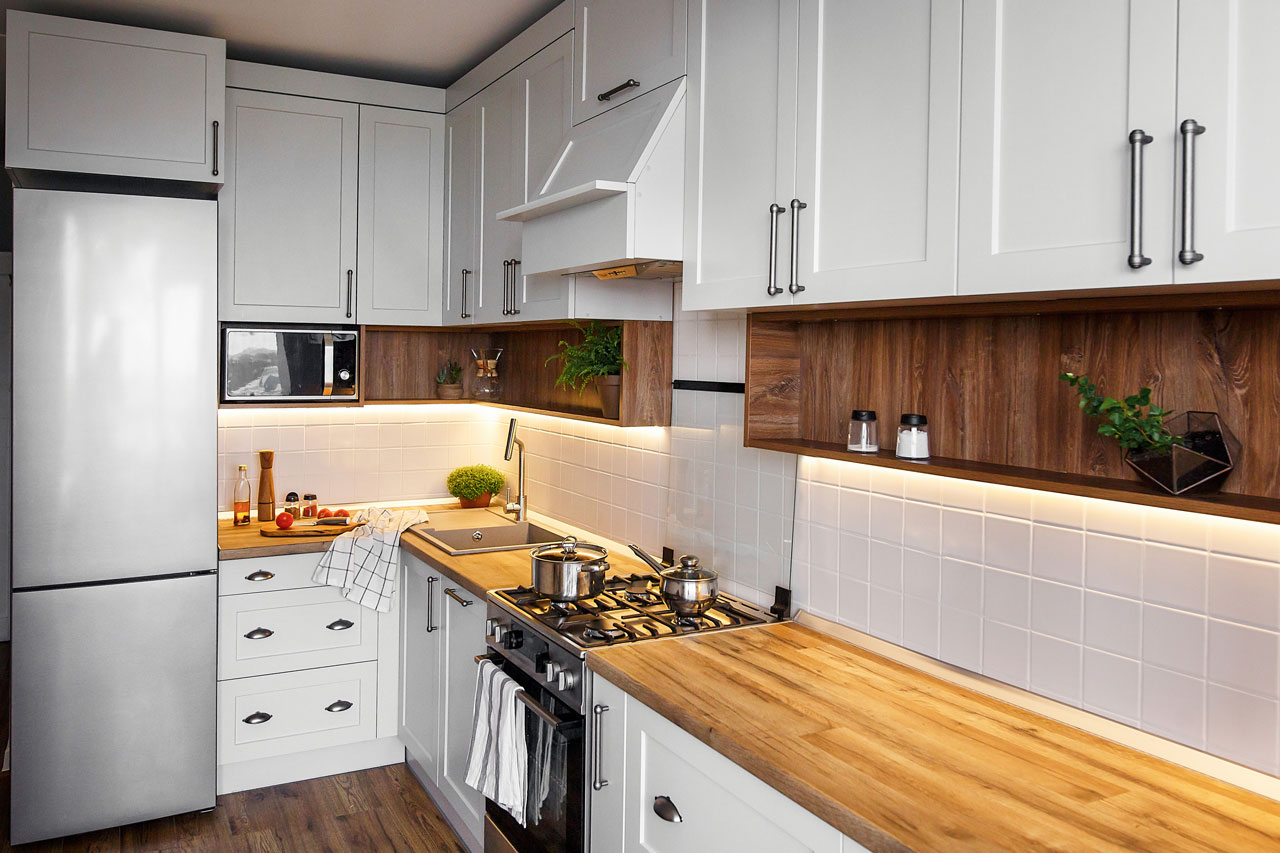Dever Electric
Dever Electric
We are a locally owned and operated company that values honesty and integrity and treats your home as if it were our own. We offer a variety of electrical services that are customizable to each individual project. You will find us to be competitively priced, paying close attention to the details of each and every project that we are involved with. We look forward to building lasting relationships and guarantee your satisfaction!
"Fast and thorough"
Bradford H on April 2025
We are a locally owned and operated company that values honesty and integrity and treats your home as if it were our own. We offer a variety of electrical services that are customizable to each individual project. You will find us to be competitively priced, paying close attention to the details of each and every project that we are involved with. We look forward to building lasting relationships and guarantee your satisfaction!
"Fast and thorough"
Bradford H on April 2025















